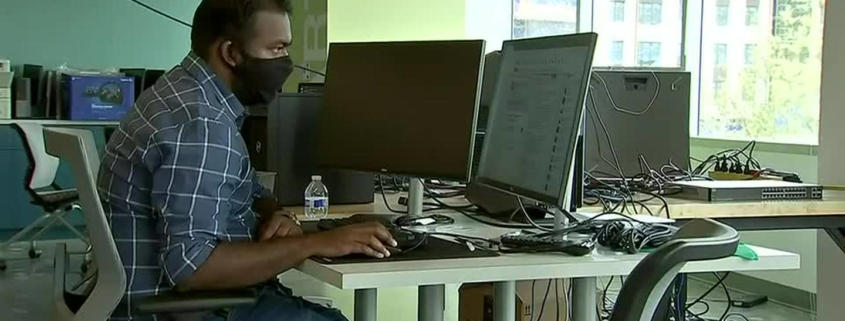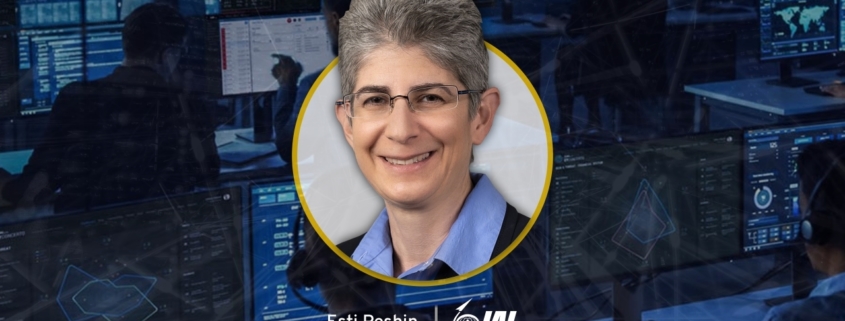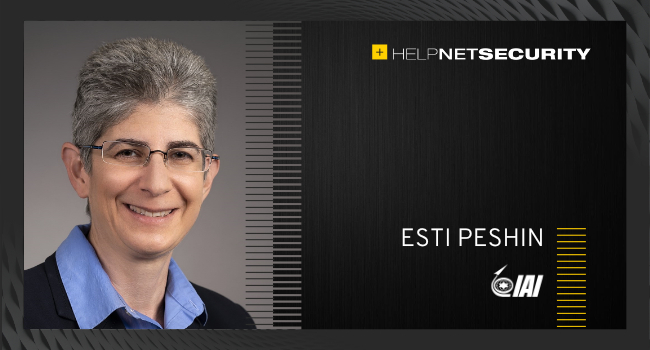Tackling next generation cyber hacking the focus of new training lab – WPXI
WASHINGTON, D.C. — New cyber hacks are emerging every day and the targets aren’t just businesses, governments and universities.
The next generation of hacks can even affect systems we rely on every day to get to work, or get household products delivered to our door.
“There are nation states, China, Russia, Iran, North Korea…that are coming after us in the cyber domain,” said Jamil N. Jaffer, founder and executive director of the National Security Institute.
These evolving cyber hacks are even discussed at the highest levels of government.
“We need to be able to both defend ourselves, but also take the fight to our adversaries and deter them from engaging in behavior that might affect our nation,” said Jaffer.
Inside a pilot lab located on George Mason University’s Arlington, Virginia campus, there’s testing ground for these new cyber security threats. Jaffer said this Commonwealth Cyber Initiative (CCI) Living Innovation Lab is critical for training the next generation to defend against new hacks.
“Students have the ability to see how the systems work, how the hackers might come in, how they might get in how they might establish persistence, and then how they might take action on those targets, to make them do things you don’t expect,” said Jaffer.
In the lab, students are learning about security for self-driving cars and researching how to streamline self-driving car signals and keep them secure.
“We’re able to work on commercial grade equipment so the same kinds of equipment that you see out in the real world, not just, you know, theoretical ideas on simulated on a computer,” said Liza Wilson Durant, Associate provost for strategic initiatives and community engagement at George Mason University
Liza Wilson Durant runs the lab on campus and she showed us some of the equipment they work with.
“Each one of these steps could be hacked by an outsider whether they’re trying to disrupt the robots or the machine itself,” she said.
As supply chain issues and higher prices hit the country, Durant said a mini factory helps research potential cyber threats in those systems.
“We feel that, you know, if we can understand how to limit some of the ramifications of…






